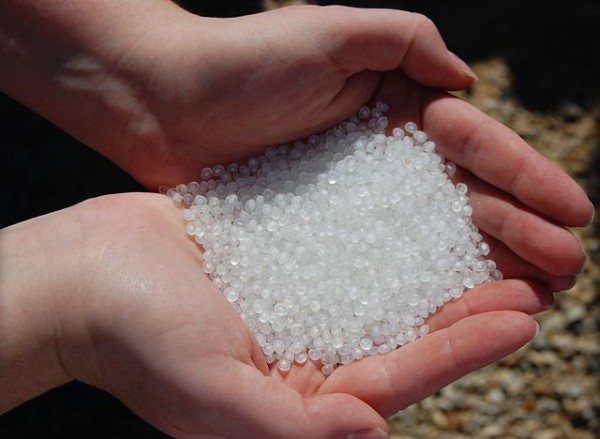
High levels of microplastics found in fish
Fish fauna is one of the most-studied groups of organisms in connection with the effects of microplastics. The study, which examined the effects of pollution on 96 species, discovered a maximum impact on fish in the lagoons of Bizerte and Ghar El Melh in Tunisia, especially the golden gray mullet (Liza aurata) and the Salema porgy (Sarpa salpa), with consumption of up to 65 microplastics per individual. Mollusks, with levels of up to 17 microplastics per individual, are another of the most impacted groups, with the highest values found in Eastern oysters (Crassostrea virginica) in Florida's Mosquito Lagoon. The study also revealed the presence of microplastics in the water column, sediments and fish in the Iberian Peninsula coastal lagoons. Besides gathering in particular areas of lagoon ecosystems, microplastics can also end up in the sea and exacerbate the problem of ocean pollution. (Related: Microplastic pollution is the REAL threat to our oceans, warn scientists.) The paper is based on studies that have combined various methodological approaches like direct visual inspection, chemical digestion and density separation to study diverse habitats that may cover coral reefs, seagrass beds, beaches and swamps. Accomplishing this goal requires a series of collective actions at global, regional, national and local levels. Follow Microplastics.news for more news about microplastic pollution. Watch the video below to know why microplastics are everywhere – including the human body. This video is from the Objective: Health channel on Brighteon.com.More related stories:
The plastic pollution problem is wide AND deep: Study finds sea animals from the deepest parts of the ocean, 7 miles down, have plastic in their stomachs. FINDING: Masks will silently deprive humans of oxygen for years to come through microplastic pollution. Australian researchers use "green and cost-efficient" microscopic nanosprings to break down microplastic pollution. Speeding up Mother Nature: New nanocoating technology can speed the degradation of microplastics by harnessing the elements. Human hackability: Microplastics in humans could harbor nanoparticles for tracking, data collection. Sources include: ScienceDaily.com ScienceDirect.com Brighteon.comStudy: Plant-based diet, soybeans help reduce menopausal hot flashes
By Olivia Cook // Share
Expert recommends incorporating livestock on farmland to improve soil quality
By Zoey Sky // Share
Invasion of venomous fire ants in Hawaii alarms residents
By Kevin Hughes // Share
Study: Eating foods with natural antimicrobial compounds can help shape your gut microbiota
By Evangelyn Rodriguez // Share
Some prescription drugs can form cancer-causing chemicals in your stomach, reports study
By Evangelyn Rodriguez // Share
3 Key health benefits of vitamin D, the sunshine vitamin
By Olivia Cook // Share
A radical shift: NYC’s new tenant advocate and the war on property rights
By willowt // Share
"Absolute Healing" on BrightU: COVID-19 vaccine injuries and how to treat them
By jacobthomas // Share
Walz rejects calls for his resignation amid Minnesota fraud scandal
By ramontomeydw // Share
Starmer rebukes Trump over Greenland annexation threat, backs Denmark
By lauraharris // Share











